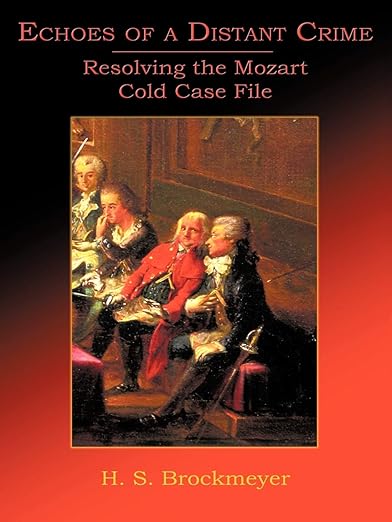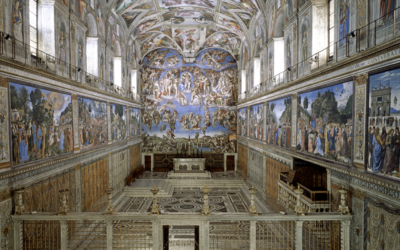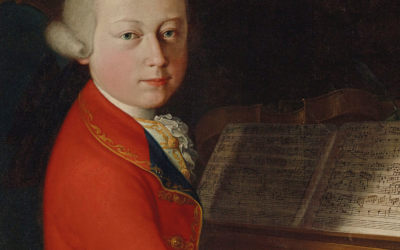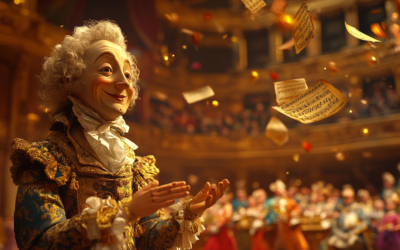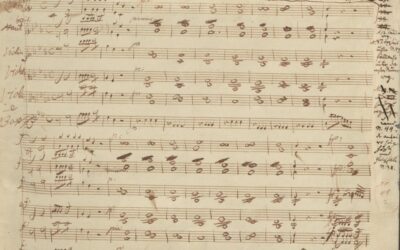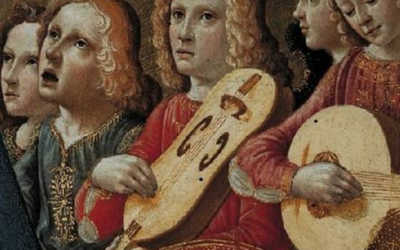Unveiling Hidden Plots
The True Caregiver
Article written by H. S. Brockmeyer
Wolfgang Amadeus Mozart’s final days have always been shrouded in mystery, both due to the circumstances of his death and the ambiguity surrounding who genuinely cared for him as his life ebbed away.
The True Caregiver by H. S. Brockmeyer invites us to reassess whether it was Mozart’s wife, Constanze, or her sister, Sophie Haibl, who provided true devotion during those distressing moments.
By using letters, diaries, and firsthand accounts, Brockmeyer examines emotional dynamics, medical practices, and religious tensions, encouraging readers to question the historical narratives we have long taken for granted.
“Memory, myth, and selective storytelling have crafted the Mozart we think we know, but the truth is far more complicated.”
Echoes of a Distant Crime: Resolving the Mozart Cold Case File
Unraveling the Mystery Behind the Final Moments and Support System of Wolfgang Amadeus Mozart.
Wolfgang Amadeus Mozart’s final days have always been shrouded in mystery, not only because of the enigmatic circumstances surrounding his death but also due to the ambiguity about who truly cared for him as his life ebbed away. In The True Caregiver by H. S. Brockmeyer, we are invited to reassess long-held beliefs about the key figures by Mozart’s side during those distressing last moments.
One topic that has never been debated—or even noticed until now—is the role of Sophie Haibl in Mozart’s final days. Brockmeyer is the first to uncover the significance of the plaque over their apartment in Mozartplatz and the gravestone in the Kommunalfriedhof in Salzburg, which honor Sophie as the ‘true caregiver’ in Mozart’s last hours. She invites us to question why Mozart died in Sophie’s arms, not Constanze’s, and explores Sophie’s often-overlooked impact as a devoted caretaker.
Using letters, diaries, and testimonies from contemporaries, the author paints a vivid picture of Mozart’s final days. She examines Sophie’s account of Mozart’s death, including the controversial tale of the physician, Dr. Closset, who preferred attending the theater over attending the stricken composer. The narrative delves into the medical practices of the time, such as Mozart’s infamous bloodletting treatment, and questions the effectiveness—and perhaps the negligence—of these methods.
Brockmeyer expands on the emotional and social dynamics at play. She explores how Sophie’s story has been elevated over the years, potentially to shield Constanze from criticism or to create a more compelling narrative of sisterly devotion. Sophie’s account, though filled with intimate details, is analyzed for possible exaggerations or errors, as she recounted them many years later. Brockmeyer critically assesses whether Sophie’s memory, shaped by time and perhaps her desire to appear virtuous, stands up to scrutiny against the surviving historical evidence.
Constanze emerges as a complex and often misunderstood figure. In previous accounts, she has been harshly judged and accused of selfishness or neglect, yet Brockmeyer urges a reconsideration. She argues that despite the criticisms, Constanze played a crucial role in preserving Mozart’s legacy. After his death, she worked tirelessly to promote his music and secure his place in history. Brockmeyer emphasizes that this dedication, often overlooked, shaped our modern understanding of Mozart’s genius.
The article also touches on broader cultural and religious tensions. Brockmeyer doesn’t shy away from discussing the strained relationship between Mozart’s Masonic beliefs and the Catholic Church. One of the most poignant details is the refusal of a priest to administer the last rites. This refusal deepens the mystery and adds a layer of religious and philosophical conflict that colored the composer’s final days. The author also highlights how Mozart’s ties to the Freemasons may have influenced both his life and the circumstances surrounding his death, complicating our understanding of those around him.
In the end, Brockmeyer acknowledges that some details about Mozart’s death may forever remain a mystery. Still, she encourages readers to think critically about who truly cared for Mozart and to question the accounts we often take for granted. This nuanced approach reveals the complexities of human relationships and the ways in which history is constructed, layer by layer, through memory, myth, and selective storytelling.
![Sophia_Weber_Haibl Portrait of Maria Sophie Weber (1763[1]–1846), singer, the younger sister of Wolfgang Amadeus Mozart's wife, Constanze](https://www.mozartrazom.com/wp-content/uploads/2024/11/Sophia_Weber_Haibl.jpg)
Portrait of Maria Sophie Weber (1763–1846)
To uncover more about the compelling narrative surrounding Mozart’s final days and the complex roles played by those closest to him, you can download the complete article by H. S. Brockmeyer at the link below.
Download the full document (pdf)
You May Also Like
The Legend of Mozart’s Miserere
The enduring popularity of the narrative surrounding Mozart’s Miserere highlights the allure of the prodigy myth, but as we peel back the layers, we uncover a more nuanced picture of his life and the musical landscape of the time. The reality often contrasts sharply with the romanticized tales that have shaped our understanding of his genius.
Rediscovering Musical Roots: The World Premiere of Gasparini and Mysliveček
This December, history will come alive as the Camerata Rousseau unveils forgotten treasures by Quirino Gasparini and Josef Mysliveček. These premieres not only celebrate their artistry but also reveal the untold influence of Gasparini on Mozart’s Mitridate re di Ponto. A pivotal event for anyone passionate about rediscovering music history.
The Curious Case of Mozart’s Phantom Sonata
In a striking case of artistic misattribution, the Musikwissenschaft has rediscovered Mozart through a portrait, attributing a dubious composition to him based solely on a score’s presence. One has to wonder: is this music really Mozart’s, or just a figment of our collective imagination?
The Illusion of Canonic Mastery
This post explores the simplistic nature of Mozart’s Kyrie K.89, revealing the truth behind his early canonic compositions and their implications on his perceived genius.
The Unveiling of Symphony K.16
The Symphony No. 1 in E-flat major, K.16, attributed to young Wolfgang Mozart, reveals the complex truth behind his early compositions. Far from the prodigious work of an eight-year-old, it is instead a product of substantial parental intervention and musical simplification.
The Cibavit eos and Mozart’s Deceptive Legacy
The Cibavit eos serves as a striking reminder that Mozart’s legacy may be built on shaky foundations, questioning the very essence of his so-called genius.

